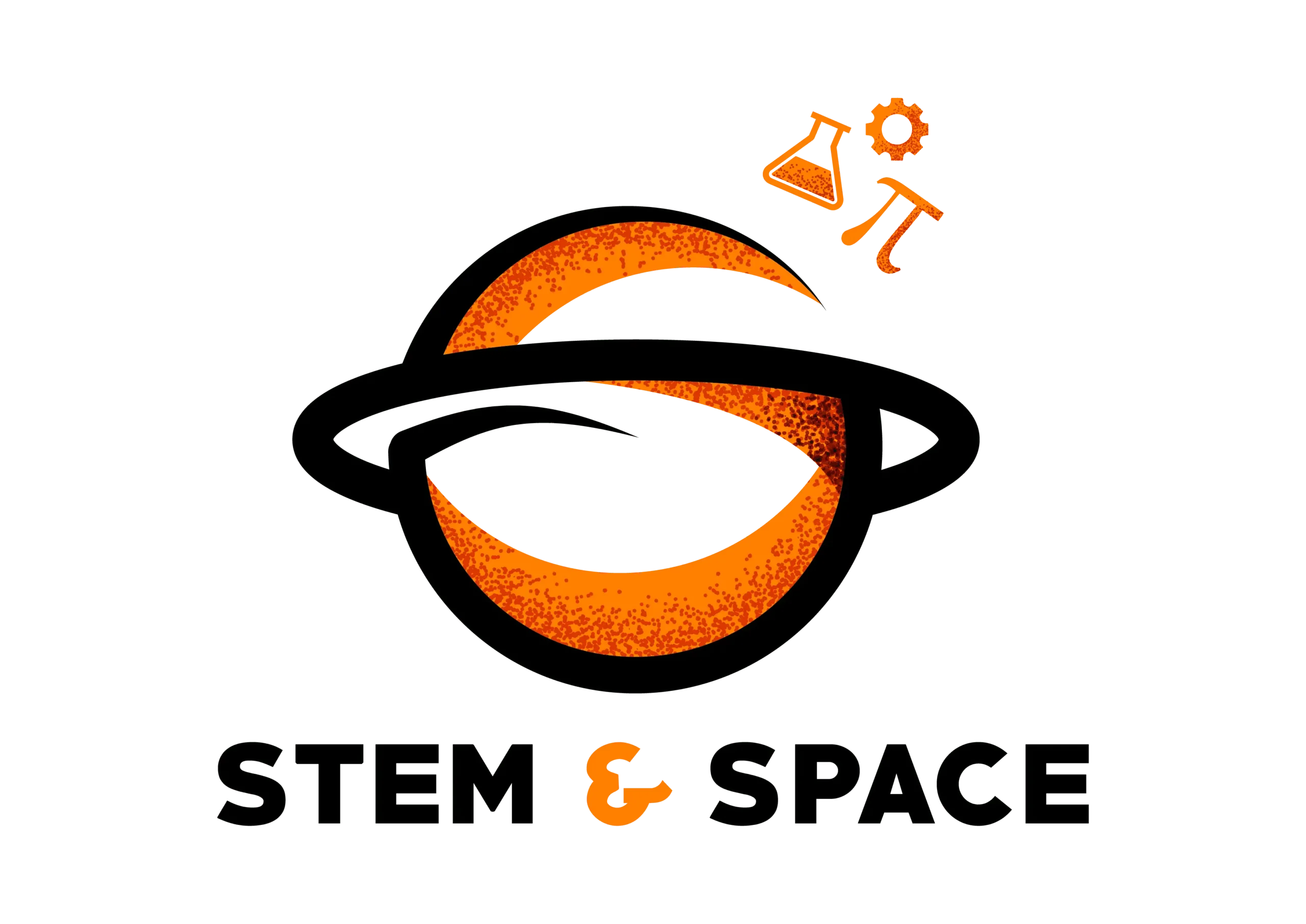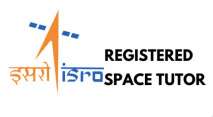As a homeschooling parent, you have the unique opportunity to tailor your child’s education to their interests and passions. If your child loves space science, why not incorporate it into your home school curriculum? Not only is space science fascinating and inspiring, but it also covers a wide range of STEM (science, technology, engineering, and math) concepts that are crucial for your child’s future success.
Here are a few tips for incorporating space science into your home school curriculum:
Start with the basics: Begin by introducing your child to the foundational concepts of space science, such as the solar system, galaxies, and the properties of light and gravity. You can use books, videos, and online resources to make these concepts come to life for your child.
Explore hands-on activities: Space science lends itself well to hands-on activities and experiments. You can create a model solar system using balloons and Styrofoam balls, simulate rocket launches using baking soda and vinegar, or even build your own telescope or satellite. These activities will help your child engage with space science in a fun and interactive way.
Watch documentaries and movies: Space science has inspired some of the greatest documentaries and movies of all time. From “Cosmos” to “Apollo 13,” there are countless films and TV shows that will captivate your child’s imagination and deepen their understanding of space science.
Encourage creativity: Space science is not just about facts and figures – it’s also about imagination and creativity. Encourage your child to write stories, draw pictures, or create videos that explore their ideas about space and the universe. This will help them develop their creativity and critical thinking skills.
By incorporating space science into your home school curriculum, you’re helping your child develop a lifelong love of learning and an appreciation for the wonders of the universe.


